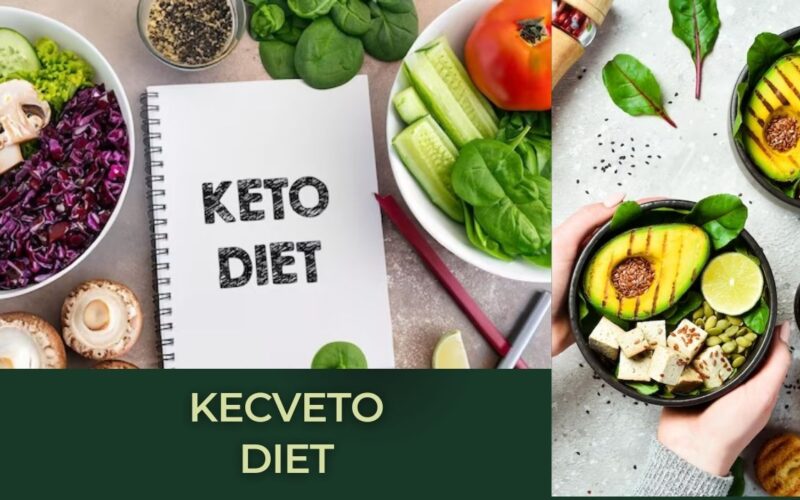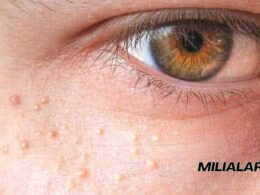The role of nutrition in human health and well-being cannot be overstated. Our bodies need a wide range of nutrients on a daily basis to perform at their best. Among the many diet plans and fads, the “kecveto” diet is standing out for its healthy blend of the ketogenic and vegetarian eating styles. In this post, we’ll discuss what it means to eat every day, why a balanced diet is crucial, and the benefits of the kecveto diet for your health.
Table of Contents
ToggleUnderstanding the Kecveto Diet
The ketogenic diet, or the kecveto diet, is a way of eating that promotes ketosis in the body. Active: “””
The body reaches the metabolic state of ketosis when it uses fatty acids for energy instead of glucose. To achieve this, individuals drastically reduce carbohydrate consumption while increasing fat and, to a lesser extent, protein consumption. The ketogenic diet aims to promote insulin sensitivity and weight loss by reprogramming the body to burn fat instead of carbohydrates.
Key Macronutrient Ratios:
- Carbohydrates: The recommended daily allowance for carbohydrates is 5-10% of total calories, or 20-50 grammes of net carbs.
- Fats: Daily calorie intake is roughly 70–80% from healthy fats.
- Protein: Between 10 and 20 percent of your daily caloric intake should come from protein.
Achieving Optimal Daily Nutrition on the Kecveto Diet
The following guidelines will help you maximize your nutrient intake while on the kecveto diet:
Choose Healthy Fats:
- Eats fatty fish, nuts, seeds, avocados, olive oil, coconut oil, and other healthy fats.
- Stay away from processed oils and trans fats.
Include a Variety of Non-Starchy Vegetables:
- Leafy greens, broccoli, cauliflower, and zucchini are all examples of nutritious vegetables that are also low in carbs.
- These vegetables can help you achieve your daily fiber demands and contain antioxidants.
Adequate Protein Intake:
- Maintain your muscles and your health by eating enough protein. Meat, fish, poultry, and tofu are all good options.
In order to maximize your body’s ketone production, it’s best to limit your protein intake
.Keep Carbohydrates in Mind: Be Mindful of Carbohydrates:
- Stick to low-carb fruits and veggies to keep your carb consumption in check.
- To keep tabs on your carb intake, it’s important to read food labels.
Stay Hydrated:
- Adequate hydration is vital. Maintaining a healthy fluid balance requires drinking enough of fluids like water, herbal teas, and drinks high in electrolytes.
Supplement Wisely:
- You may warrant supplements of vitamins D and B12, as well as minerals like magnesium and potassium, depending on your individual requirements.
Monitor Ketosis:
- To verify that you have reached ketosis, you could use a urinalysis or a blood ketone metre.
- Maintain a food diary and make dietary changes as necessary.
Seek Professional Guidance:
- You should talk to your doctor or a certified dietician to make a keto plan that’s tailored to your specific needs.
Potential Risks and Considerations
However, not everyone will thrive on the kecveto diet, despite its potential advantages. Understanding the stakes and factors at play is crucial:
- Ketosis symptoms: Beginning a ketogenic diet can cause flu-like symptoms in some people. Weakness, headaches, and short temper are all possible symptoms. As time passes, these typically go away.
- Long-term sustainability: The kecveto diet’s severe restrictions on carbohydrates can make it difficult for some people to follow it permanently.
- Medical conditions :Consult a doctor before starting a ketogenic diet if you have kidney disease, pancreatitis, or gallbladder disease.
- Individual variations: The things that help one individual may not help another. It’s vital to listen to your body and make modifications as needed.
Conclusion
In conclusion, the kecveto diet involves careful preparation and an emphasis on quality meals to achieve appropriate daily nutrition. Maintaining ketosis while striking a healthy balance between macro and micronutrient intake is an effective way to improve health and weight loss. To be sure the kecveto diet is safe and suitable for your needs, it is important to speak with a healthcare provider or certified dietitian.
FAQS
Q1. What is the kecveto diet?
The ketogenic diet (or kecveto diet) is a low-carb, high-fat, moderate-protein eating plan that promotes ketosis by starving the body of carbohydrates. In a state of ketosis, fat is used as fuel instead of glucose.
Q2. What are the primary benefits of the kecveto diet?
The ketogenic diet has linked a variety of health benefits, including reducing body fat, enhancing insulin sensitivity, reducing blood sugar levels, sharpening focus, and even possibly improving epilepsy.
Q3. Is the kecveto diet safe for everyone?
Some people might not do well on the kecveto diet. People with preexisting health concerns like kidney disease or pancreatitis should not attempt the diet without first consulting with a doctor. Before beginning the diet, it is recommended that you talk to a doctor.
Q4. What foods are allowed on the kecveto diet?
Non-starchy vegetables (such as leafy greens and cauliflower), healthy fats (such as avocado, olive oil, and nuts), meats, fish, poultry, and low-carb dairy products are all permitted on the kecveto diet. Cutting back on carbs and staying away from processed and sugary meals is crucial.
Q5. What are the potential side effects of the kecveto diet?
The “keto flu,” characterised by weariness, headache, and irritability, is one potential adverse effect of beginning the ketogenic diet. In most cases, you should feel better after a few days to a few weeks.
Q6. How can I ensure I’m in ketosis on the kecveto diet?
Ketone meters can detect ketosis in the blood or urine. Keeping track of your food and sticking to a low-carb diet will help you remain in ketosis.








